| Recent Featured Videos and Articles | Eastern “Orthodoxy” Refuted | How To Avoid Sin | The Antichrist Identified! | What Fake Christians Get Wrong About Ephesians | Why So Many Can't Believe | “Magicians” Prove A Spiritual World Exists | Amazing Evidence For God | News Links |
| Vatican II “Catholic” Church Exposed | Steps To Convert | Outside The Church There Is No Salvation | E-Exchanges | The Holy Rosary | Padre Pio | Traditional Catholic Issues And Groups | Help Save Souls: Donate |  |
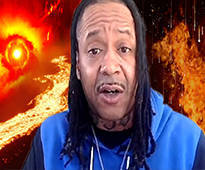
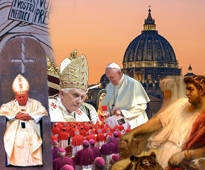
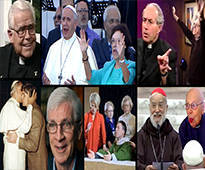
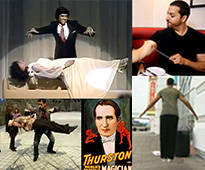
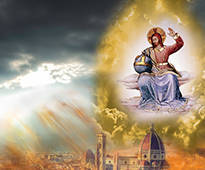

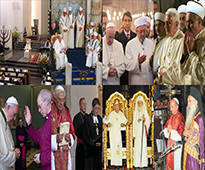


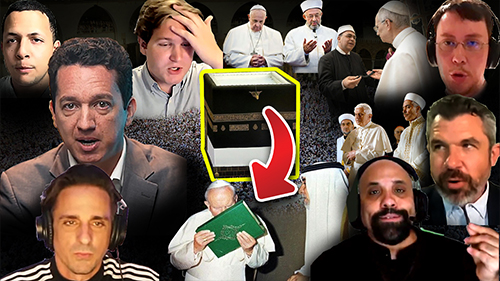 " />
" /> " />
" />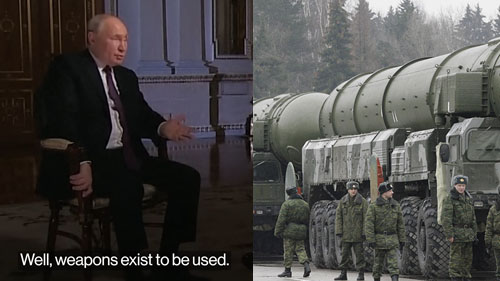 " />
" />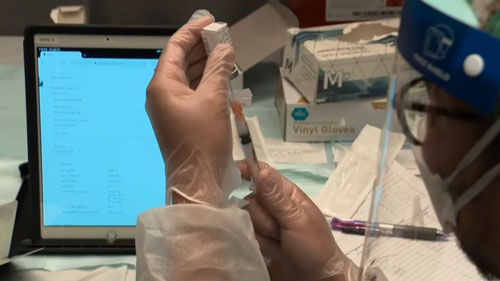 " />
" />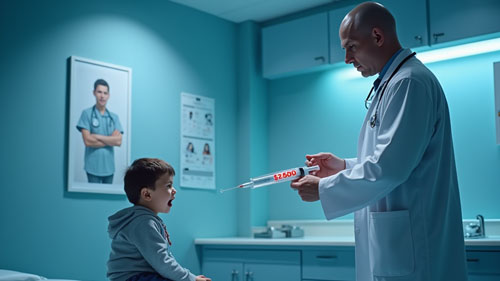 " />
" />




Must the Catholic Remnant Have Governing or Jurisdictional Bishops?
The answer to this question is no. During the Arian heresy in the 4th Century, only 1-3% of the Episcopal Chairs (i.e., the Bishops’ Sees) were occupied by Catholics, the rest were overtaken by the Arians, as the eminent patristic scholar Fr. Jurgens notes.
In the 4th century the Arian heresy became so widespread that the Arians (who denied the Divinity of Christ) came to occupy almost all the Catholic churches and appeared to be the legitimate hierarchy basically everywhere.
Things were so bad that St. Gregory Nazianz felt compelled to say what the Catholic remnant today could very well say.
This period of Church history, therefore, proves an important point for our time: If the Church's indefectible mission of teaching, governing and sanctifying required a governing (i.e., jurisdictional) bishop for the Church of Christ to be present and operative in a particular See or diocese, then one would have to say that the Church of Christ defected in all those territories where there was no governing Catholic bishop during the Arian heresy. However, it is a fact that in the 4th century, where the faithful retained the true Catholic faith, even in those Sees where the Bishop defected to Arianism, the faithful Catholic remnant constituted the true Church of Christ; and therefore, in that remnant, the Catholic Church existed and endured in her mission to teach, govern and sanctify without a governing bishop. This demonstrates that the Church of Christ's indefectibility and mission to teach, govern and sanctify does not require the presence of a jurisdictional bishop.
One could make the argument that there must always be at least one jurisdictional bishop somewhere in the world; but even if that could be proven, all that would mean is that somewhere in the world today there is at least one fully Catholic jurisdictional bishop who rejects the heresies of Vatican II and upholds the rest of the Church’s teaching. But we doubt that this is even necessary, as the Church continues to govern, teach and sanctify by the deposit of faith, her law and Tradition, even in places where there is no jurisdictional Bishop to be the official teacher and governor, as proven by the Arian period.
It is also important to point out that the hierarchy of the Church can be defined in two ways: jurisdictionally and ecclesiastically. The jurisdictional hierarchy (all those possessing offices with ordinary jurisdiction) could conceivably defect from the Church by falling into heresy, as have Benedict XVI’s bishops, while as long as there is a valid Catholic priest or bishop who possesses the full deposit of faith (even if that person doesn’t possess ordinary jurisdiction) the ecclesiastical hierarchy is represented and remains intact. And those few remaining Catholic priests or bishops of the remnant, even though they don’t govern any territory or possess ordinary jurisdiction, would have jurisdiction supplied to them automatically by the Church to operate for the salvation of souls. Episcopal Consecrations without the consent of a pope (since there is no pope) by such bishops would of course be lawful in such a state of necessity.
Therefore, there is nothing contrary to the Church’s indefectibility when we point out that Benedict XVI and his pack of apostate bishops (who claim to be the governors in the Church of Christ) do not occupy the Episcopal Chairs of the Church of Christ due to the fact that they: repudiate the dogma Outside the Church There is No Salvation; repudiate the necessity for Jews and Eastern Schismatics to convert to the Catholic Church; embrace and respect non-Christian religions of the devil; teach the heresies of freedom of religion and conscience; maintain communion with heretical Protestant sects; accept the heretical documents of Vatican II and the New Mass; and many other things.
Just as it was during the Arian heresy in the 4th century, the Church of Jesus Christ exists today with the remnant of faithful Catholics who maintain the traditional Catholic faith, not with the apostate bishops who appear to occupy the positions of authority.
If the Arian heresy was so bad that approximately 1% of the jurisdictional bishops remained Catholic and 99% became Arian, and the Great Apostasy preceding the Second Coming of Christ is predicted to be even worse – the worst apostasy of all time – then one should not be surprised by the fact that there are barely any authentically Catholic priests in the world today and no fully Catholic jurisdictional (i.e., governing) bishops to speak of.
Sign up for our free e-mail list to see future vaticancatholic.com videos and articles.
Recent Content
^